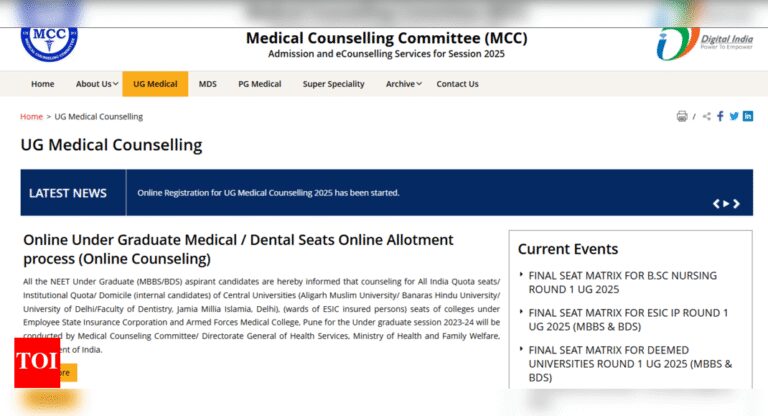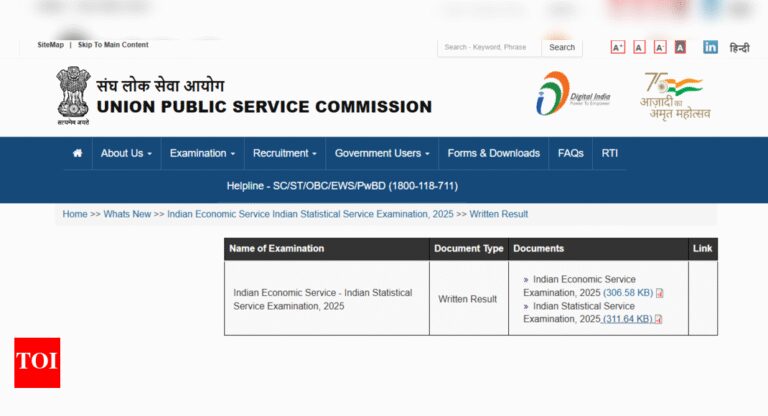
The US Department of Education has issued a letter to all chief state school officers, encouraging them to take advantage of existing flexibilities under the Elementary and Secondary Education Act (ESEA). The move invites states to reduce federal compliance burdens by using statutory waiver authority granted under Title VIII of the ESEA.This initiative is part of a broader federal effort aimed at improving academic outcomes following the release of the 2024 National Assessment of Educational Progress (NAEP) scores, which showed significant declines in reading and math performance across the country.Flexibility under the ESEAThe Department has outlined two primary avenues for states to exercise greater control over education policy: implementation of existing flexibilities under the ESEA, and the submission of waiver requests under Title VIII. These waivers allow states and tribes to seek relief from statutory or regulatory requirements, except where prohibited by law.In the letter, the Department detailed the criteria that waiver proposals must meet and the process for review. States are also encouraged to seek informal, non-binding feedback from the Department by contacting OESE.TitleI-A@ed.gov during the waiver development stage.Response to NAEP performanceThe guidance follows the publication of the 2024 NAEP results, which revealed declines in both math and reading scores. The scores have prompted the Department to encourage more localized and tailored education strategies. According to the Acting Assistant Secretary for the Office of Elementary and Secondary Education, Hayley Sanon, the recent results indicate that many students have not been well-served by the current public education system.Sanon stated that the Department remains focused on empowering families and improving academic achievement through state-led innovation. She emphasized the role of states in crafting solutions that meet the distinct needs of their students.Waiver authority under Title VIIITitle VIII of the ESEA permits the Secretary of Education to waive statutory or regulatory provisions, provided the waiver request meets the legislative criteria and supports educational goals. The Department notes that this authority is designed to help states direct federal resources more effectively and remove obstacles that hinder local implementation.States may request waivers individually or in collaboration with local districts and schools. The Department has clarified that while many flexibilities already exist within the ESEA, waiver authority offers an additional mechanism when those flexibilities are insufficient.Support for state-level education decisionsThis latest communication from the Department aligns with the Trump administration’s stated goal of returning education decision-making power to the states. The Department has reiterated its readiness to assist states in navigating the waiver process and ensuring that resources are used in ways that directly address student needs.The guidance encourages states to take prompt action and leverage all available tools within the ESEA framework.TOI Education is on WhatsApp now. Follow us here.








